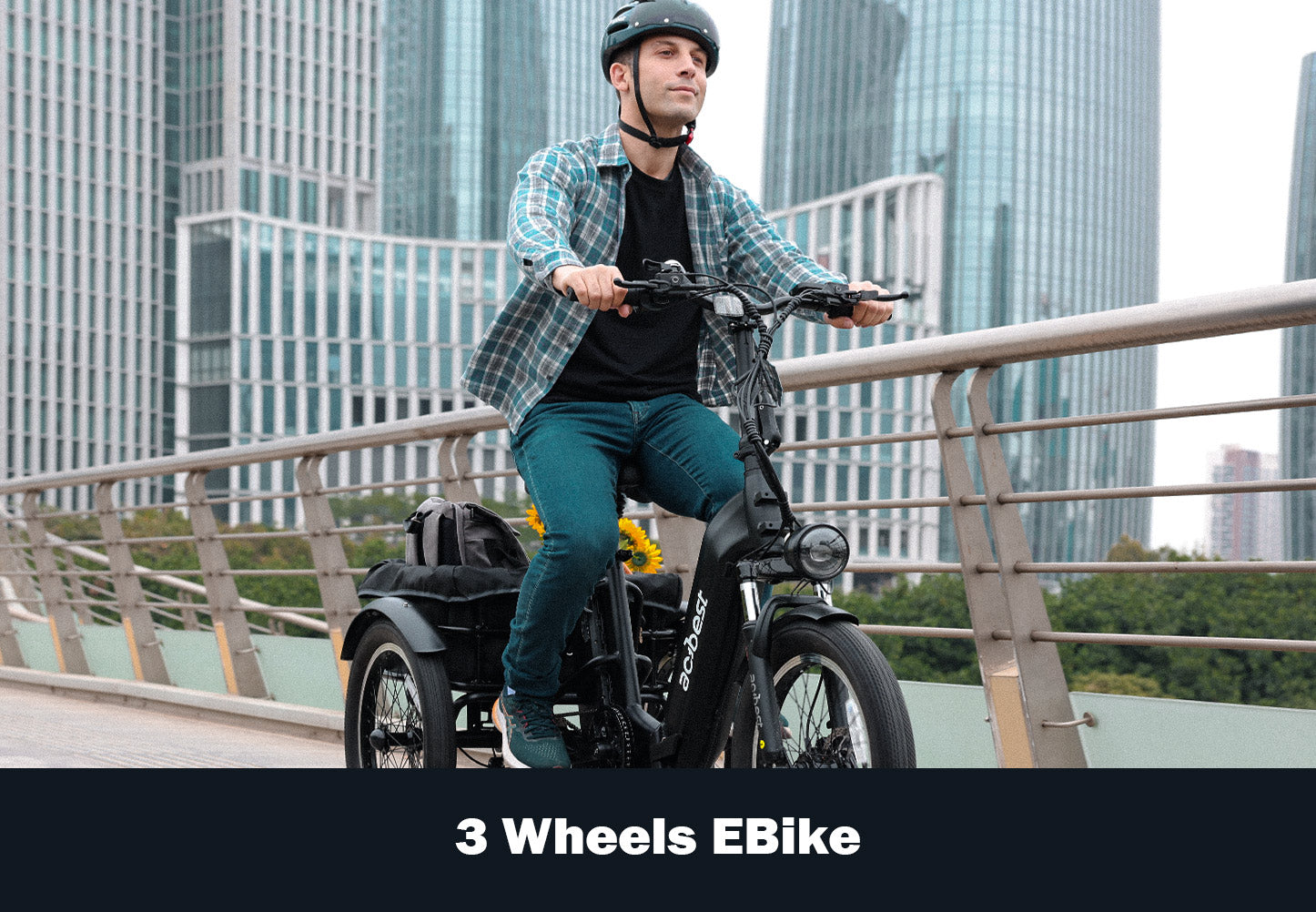Unfolding the Future: Discover the Allure of Folding E-Bikes and Their Incredible Benefits!
In today's fast-paced world, the need for practical, efficient, and environmentally friendly transportation solutions has never been more pressing. Enter the folding e-bike, a game-changer in modern commuting. These innovative bicycles combine the benefits of traditional cycling with the ease of electric assistance and the convenience of foldable designs. The transition from traditional bikes to e-bikes has revolutionized how we think about urban mobility, allowing riders to tackle longer distances without breaking a sweat while offering the unique advantage of compact storage. As cities become more crowded and the emphasis on sustainable transport grows, folding e-bikes have surged in popularity, appealing to commuters, leisure riders, and anyone seeking a practical solution to their travel needs.

Understanding Folding E-Bikes
Folding e-bikes are specially designed bicycles that can be easily folded for storage and transport. Unlike regular e-bikes, which maintain a fixed structure, folding e-bikes incorporate hinges and latches, allowing them to collapse into a compact form. This feature makes them particularly appealing for urban dwellers who may need to navigate public transportation or limited storage spaces. The mechanics of folding e-bikes involve a lightweight aluminum or steel frame, an electric motor, and a battery system that provides pedal assistance. This combination of technology allows riders to enjoy a boost while pedaling, making uphill climbs and long distances more manageable. Additionally, many folding e-bikes come equipped with advanced features such as regenerative braking, integrated lights, and even smartphone connectivity, enhancing the overall user experience.
Benefits of Folding E-Bikes
The advantages of using folding e-bikes are abundant. One of the most significant benefits is their portability. With a quick folding mechanism, these bikes can be easily stored in small spaces, such as a closet, under a desk, or in the trunk of a car. This feature is particularly beneficial for city dwellers who may not have access to secure bike parking. Furthermore, folding e-bikes offer unparalleled convenience; they can be taken on public transportation without hassle, allowing riders to combine cycling with other modes of travel. In addition to practicality, folding e-bikes are eco-friendly, reducing carbon footprints and promoting a healthier lifestyle. They encourage more people to cycle instead of relying on cars, which contributes to less traffic congestion and improved air quality. A friend of mine recently made the switch to a folding e-bike for her daily commute, and she's thrilled with how much easier it is to navigate the city while also being kind to the environment.
Types of Folding E-Bikes
The market for folding e-bikes is diverse, with various types catering to different needs and preferences. They can be categorized based on design, size, battery capacity, and intended use. For instance, some folding e-bikes are designed specifically for commuting, featuring lightweight frames and robust batteries that provide long ranges for daily travel. Others are built for leisure, offering wider tires and more comfortable seats for casual rides in the park. Additionally, there are off-road folding e-bikes equipped with rugged tires and powerful motors, perfect for adventure seekers looking to explore trails and rough terrains. When selecting a folding e-bike, it's essential to consider the intended use. A friend who enjoys weekend rides in the countryside opted for a model with larger tires and a more powerful motor, allowing for a smooth ride on both pavement and gravel.
Factors to Consider When Choosing a Folding E-Bike
Choosing the right folding e-bike involves several factors that can significantly impact your riding experience. First and foremost, consider the weight of the bike; a lighter model will be easier to carry and transport. Foldability is another critical aspect; ensure the bike can be folded quickly and effortlessly. Battery life is essential, as it determines how far you can travel before needing a recharge. Look for models that offer a range that fits your commuting needs. Comfort is also paramount—consider the seat quality, handlebar height, and overall ergonomics of the bike. Assessing your personal needs and preferences will help you make an informed decision. If you plan to use the bike primarily for commuting in the city, opt for a model designed for urban environments. On the other hand, if you enjoy leisurely rides, prioritize comfort and stability. A colleague of mine found that trying out several models before purchasing helped him identify the perfect balance of comfort and performance for his daily rides.
Embracing the Future of Urban Mobility
Folding e-bikes represent an exciting evolution in the world of cycling, combining the convenience of portability with the benefits of electric assistance. They offer a practical solution for urban commuting, enabling riders to navigate crowded streets while promoting a sustainable lifestyle. With numerous types available, there's a folding e-bike for everyone, whether for leisurely rides, daily commutes, or off-road adventures. As cities continue to grow and the need for efficient transportation increases, folding e-bikes are poised to become an integral part of our daily lives. Embracing this innovative method of transport can lead to a healthier lifestyle, reduced environmental impact, and a more enjoyable commuting experience.







تعليقات